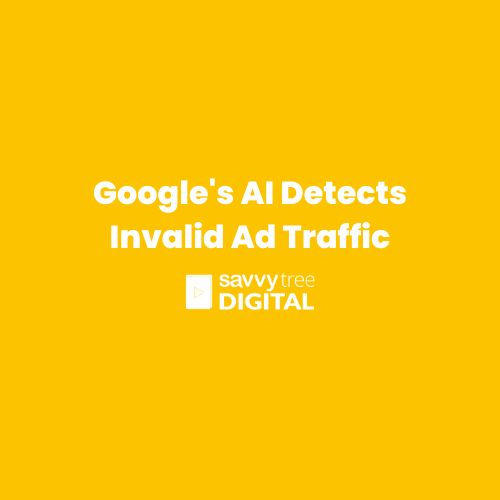Invalid traffic, which includes everything from accidental clicks to sophisticated botnets, is a pervasive and costly problem in the digital advertising world. It inflates costs for advertisers, skews performance metrics, and ultimately erodes trust in the ad ecosystem. Google, a major player in this space, has been at the forefront of this battle for over two decades, and it’s now leveraging its most advanced AI to fight back.
The Problem of Invalid Traffic
Invalid traffic (IVT) isn’t a single issue; it’s a spectrum of activities that can be broadly categorized into two types: General Invalid Traffic (GIVT) and Sophisticated Invalid Traffic (SIVT).
- General Invalid Traffic (GIVT) is the simpler form of IVT. It includes things that are relatively easy to detect, such as clicks from known data centers or web crawlers that identify themselves as non-human. Accidental clicks by real users, such as a user trying to click a link on a mobile device and mistakenly tapping an ad, also fall into this category.
- Sophisticated Invalid Traffic (SIVT), on the other hand, is a far more insidious and difficult problem. It involves deliberate and often fraudulent attempts to generate fake traffic. This can include:
- Botnets: Networks of compromised computers that are programmed to mimic human behavior, making them hard to distinguish from real users.
- Ad Stacking: Placing multiple ads on top of each other in a single ad slot, so only the top ad is visible to the user, but all are billed to advertisers.
- Click Hijacking: Using malware or other deceptive tactics to redirect a user’s legitimate click to an ad without their knowledge.
- Incentivized Clicks: Publishers offering rewards to users for clicking on ads to artificially inflate their revenue.
This kind of fraudulent activity not only wastes advertisers’ budgets but also pollutes their data, making it difficult to accurately measure campaign performance and understand their audience. For publishers, it can lead to revenue clawbacks and even account suspension.
Google’s AI-Powered Solution
Google’s long-standing Ad Traffic Quality team has been using a combination of automated filters, manual reviews, and advanced research to combat IVT. However, the company has recently significantly expanded its use of AI to enhance its defenses. This new approach, which involves collaborations with Google Research and Google DeepMind, is powered by large language models (LLMs) and other advanced machine learning techniques.
The new AI systems are designed to analyze a multitude of signals simultaneously, including app and web content, ad placements, and user interactions. This allows them to identify patterns and behaviors associated with IVT with unprecedented speed and accuracy.
A key success of this new system has been a 40% reduction in invalid traffic stemming from deceptive or disruptive ad-serving practices. This is achieved by:
- Improved Content Review: The AI can more precisely analyze the content of a page or app to identify deceptive ad placements or malicious tactics.
- Real-time Detection: The system can spot problematic placements and user behaviors in real time, preventing invalid traffic from even reaching an advertiser’s campaign.
- Proactive Threat Hunting: AI models can be used to research and hunt for new and emerging forms of invalid traffic, allowing Google to stay ahead of fraudsters and continuously update its filters.
The Impact on Advertisers and Publishers
For advertisers, this expansion of Google’s AI-driven ad traffic quality measures is a significant win. The primary benefit is that they are less likely to be charged for invalid clicks and impressions. Google’s systems are designed to filter out invalid traffic before an invoice is generated, and if any is detected afterward, credits are issued. This means cleaner data, more accurate campaign measurement, and ultimately, a better return on investment.
Publishers also benefit from a healthier ad ecosystem. By removing policy violators and reducing invalid traffic, Google is creating a more level playing field. Legitimate publishers with high-quality content are more likely to be rewarded, as advertisers will have greater confidence in the value of their inventory. For publishers who may accidentally generate IVT, such as through poor ad placement, the new systems can help identify and rectify these issues.
In the ever-evolving world of digital advertising, the fight against invalid traffic is a constant arms race. By leveraging its most advanced AI, Google is taking a significant step forward, promising a more secure, transparent, and effective environment for everyone involved.

